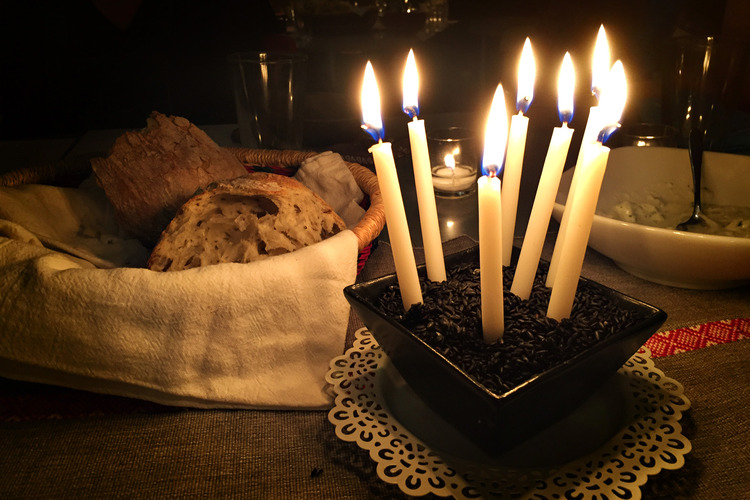Thom Rainer assembles some great resources for churches. You should follow him. yes, I know he is Southern Baptist, but the guy knows congregational life
Here are his thoughts on what's dying, at the Bottom, I talk about what's Living
Technological advancements and cultural changes have ushered in new practices in church communications. As a result, these seven practices are not only being replaced, they are dying.
- Clip Art. Thanks to the rise of easy-to-use and affordable graphic design, many churches have all but done away with clip art. What was once a staple of church bulletins has been replaced in many instances by designs that look professional and stylish.
- Bad Fonts. We all know the names—Papyrus, Comic Sans, Copperplate Gothic, and Algerian. If you do any kind of design work, you’re cringing right now. I know the Golden State Warriors have almost singlehandedly made Copperplate Gothic cool again, but there’s no reason to use any of these. With free Google Fonts and scores of free or cheap font websites at your disposal, there’s no need for your church to use trite, overused fonts in anything that you design or print.
- Printed and Mailed Newsletters. Speaking of which, if you’re still printing and mailing church newsletters, you’re in the minority. Email newsletters have all but replaced the printed and mailed church newsletter. They are quicker to deliver, cheaper to produce, and are often more effective in communicating information to your congregation.
- Verbal Announcements. Of the items on this list, verbal announcements are dying the slowest death. But many churches are opting for video announcements or slides in lieu of taking time out of a worship service for someone to give the announcements.
- Phone Trees. Social media, email newsletters, and texting have all but eliminated phone trees. What would possibly take hours in the past can now be accomplished in an instant through one mass text or email.
- Church Facebook Groups. When Facebook first began offering pages and groups, many churches set up groups in lieu of pages. That’s been corrected over the past few years. Facebook groups are still used, but typically it’s not the main, outward-facing presence a church has on Facebook.
- Signup Forms. Online registration and payment systems have contributed to the death of signup forms. I can remember tables of signup forms from when I was a kid. Now, my church has several online forms where I can register my kids for events, sign up for Wednesday night dinner reservations, or pay for a book to use in my small group.
The above are from Thom's blog, below are my thoughts on what we can do about it.
OK So, these worked in the past, and some are still working, I think # 6 still has value for internal communication.
So what's working now.
First, let's acknowledge that churches are competing with a multi-billion dollar marketing monster. We are not going to win that game.
Second, people are busy. So it's really, really, tough to get your messsage out. You need multiple ways of doing it. People need to hear it 7 times in many different ways before they absorb it.
Third, Video is the new king. Spend the money and get trained at www.thevj.com Worth every penny. Start using video. We live in a screen world. You don't need a $20,000 camera, your iPhone is all you need. Most people are watching video on their phones, so who cares if it's in HD.
Fourth, still, the absolute BEST way to communicate is via personal invitation. This has the highest success rate of any tool out there.
Fifth. Go old school. Little cards, and hand written notes, yup, they work too. Why cause in an impersonal world, a personal note sends a message. You matter.













